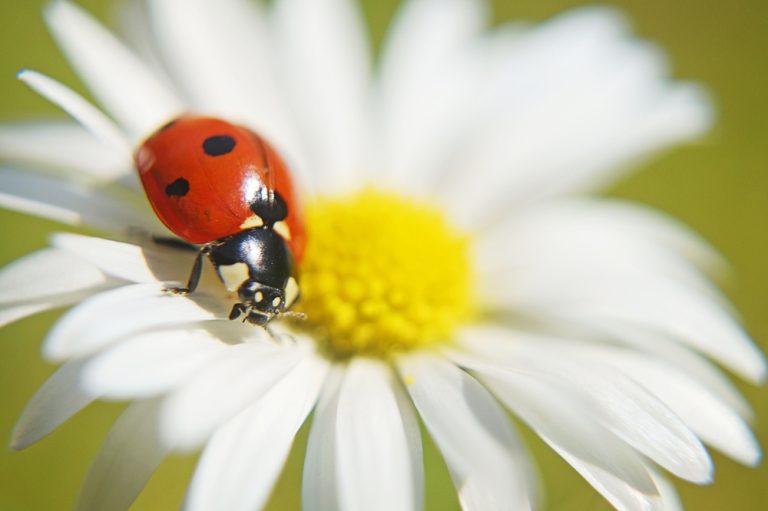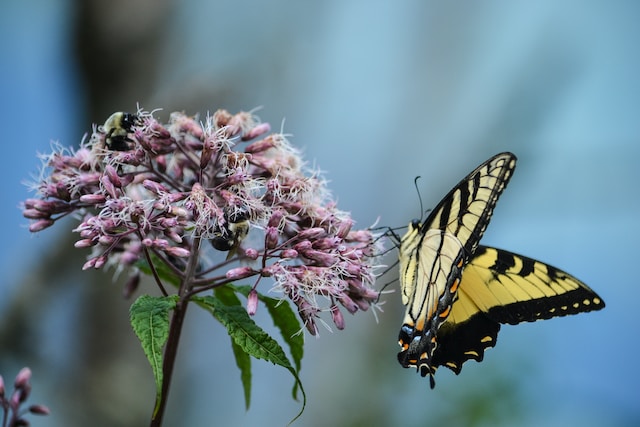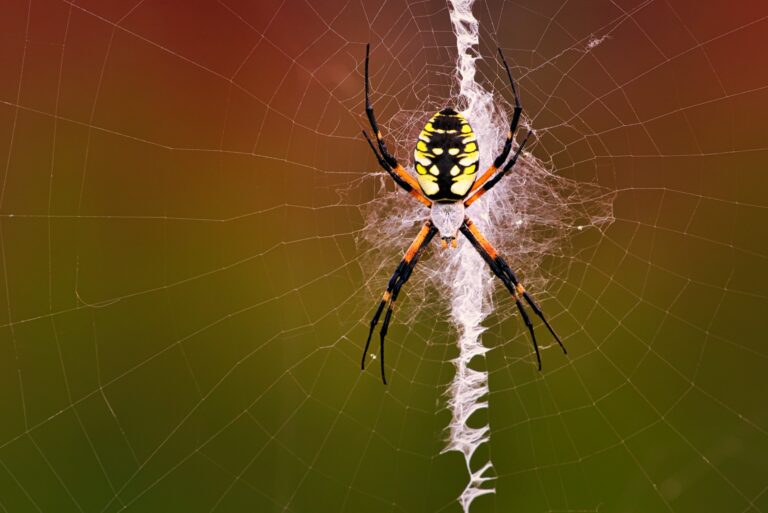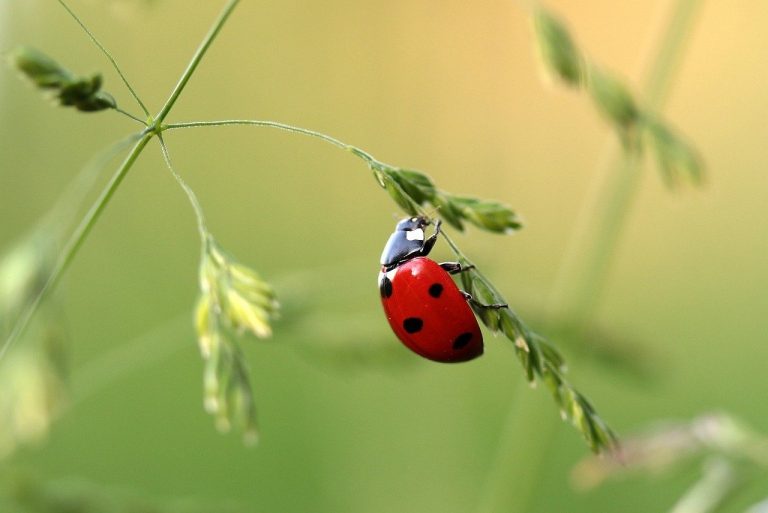Fall might seem like the time when gardens start slowing down, but don’t put away your gloves just yet—and definitely don’t swat at every bug you see. While we often associate insects with chewed-up leaves and plant damage, there’s an entire squad of tiny allies working overtime once the temperatures drop. These unsung heroes protect…
good bugs
9 Cheap Ways To Naturally Attract Pollinators
Pollinators are important to your garden. If you want a sustainable garden, then you’ll want to find ways to naturally attract pollinators. And if you want a frugal garden, then you’ll need to figure out how to do so cheaply. Luckily, there are a lot of options for you to do so. What Are Pollinators?…
Good Bugs for the Garden
How much gardening media is consumed with pest control topics? Gardening store shelves are filled with pesticides, and organic gardening books are full of tactics to beat bugs with more natural tools. But having a bug-free garden is a bad thing. Here are some good bugs for the garden. Why are Bugs Beneficial to…
Ladybugs Versus Asian Lady Beetles
Gardeners—especially those new to the hobby—may find it tough to distinguish between bad bugs and beneficial insects. It can take some time to get a hang of which bugs to leave alone and which to squish dead. Unfortunately, some good garden bugs have evil lookalikes. Case in point: ladybugs versus Asian lady beetles. How…



